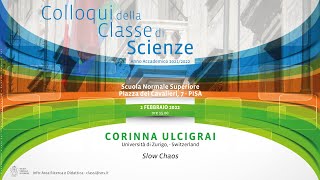Arithmetic billiards
In recreational mathematics, arithmetic billiards provide a geometrical method to determine the least common multiple and the greatest common divisor of two natural numbers by making use of reflections inside a rectangle whose sides are the two given numbers. This is an easy example of trajectory analysis of dynamical billiards. Arithmetic billiards have been discussed as mathematical puzzles by Hugo Steinhaus and Martin Gardner, and are known to mathematics teachers under the name 'Paper Pool'.They have been used as a source of questions in mathematical circles. (Wikipedia).




















